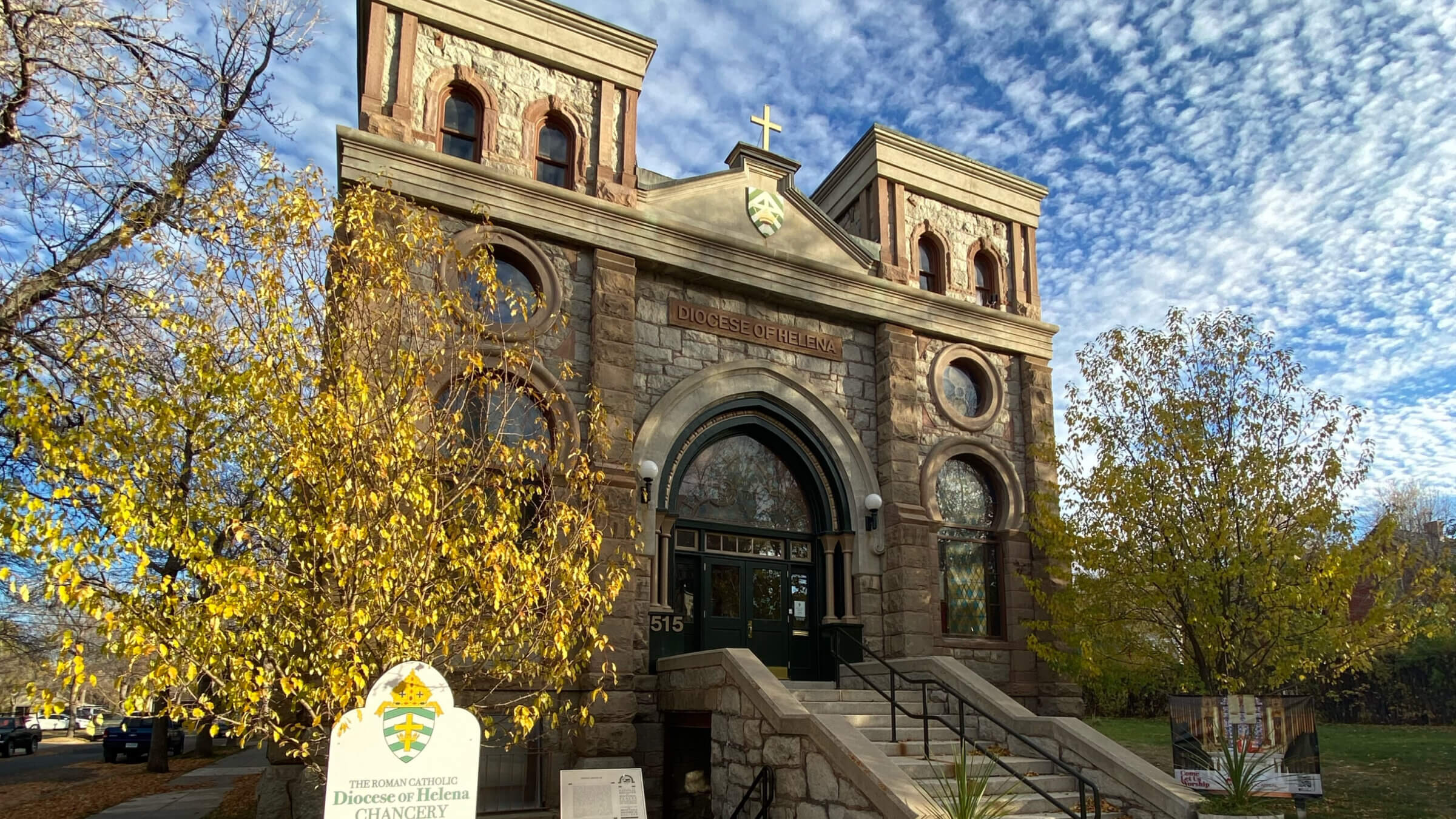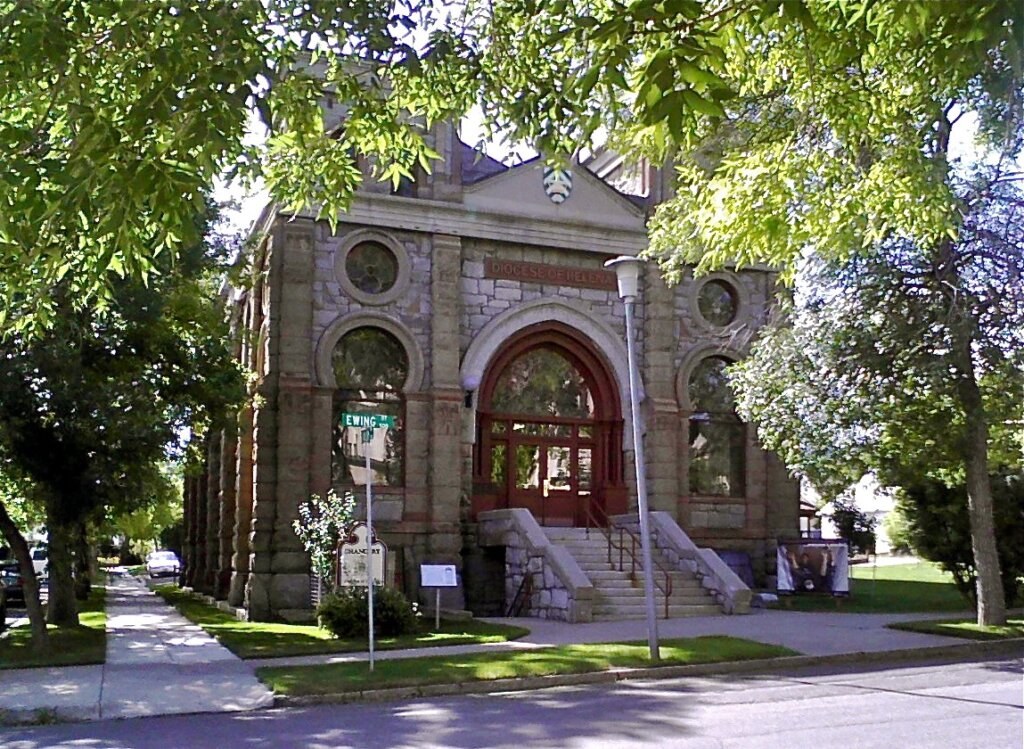After 87 years, Montana Jews reclaim their landmark synagogue
‘Helena was one of only four state capitals in the nation without a synagogue or Jewish Center,’ said Julie Bir, a Montana Jewish Project board member. ‘We’ve just changed that.’

Temple Emanu-El, Helena, Montana. Courtesy of Montana Jewish Project
The Jews of Montana’s capital have a synagogue once more.
Temple Emanu-El was restored to Jewish ownership on Thursday, more than 85 years after the Great Depression forced its sale.
A day after the papers were signed, officially transferring the building from the Roman Catholic Diocese of Helena to members of its Jewish community, both groups celebrated at a ceremony that kicked off with the shehecheyanu, the Jewish prayer of gratitude.
The transfer is the work of the Montana Jewish Project, a nonprofit which for nearly a year has been raising funds to purchase and renovate the building, which in 2002 was added to the United States’ National Register of Historic Places. Neither the diocese or project officials are disclosing the sale price.
“We can’t wait to fulfill our mission: to create a statewide center for Jewish life, enhance interfaith opportunities, combat antisemitism in Montana schools and bring to reality the Jewish value of ‘repairing the world,’” Julie Bir, a board member, told ABC affiliate Montana Right Now.

Though project organizers have no current plans to build a congregation or hire a rabbi, one leader, Rebecca Stanfel, said she could imagine welcoming a part-time rabbi in about five years. But the project will host services, and is expected to welcome Jews for the High Holidays next month. It expects to launch other activities, still in the planning stages, in November, after the diocese has moved its computers servers and other equipment out.
Rebecca Stanfel, president of the Montana Jewish Project’s board, said during the ceremony that being able to say her community once again has a synagogue left her verklempt — Yiddish for choked up.
“It has not been ideal not to have a place to be as a community,” she said. “One of the people involved in the Jewish community, her mom was in a retirement home so we used common space there. We would borrow space from churches, we would meet in parks.”
According to the project, Helena was one of only four state capitals in the nation without a synagogue or Jewish Center.
The synagogue, built to accommodate 500 congregants, first opened its doors in 1891 to serve the city’s first Jewish settlers, who had lived for 25 years without a congregation. The Depression led to an exodus of Helena’s Jews and the building was sold to the state for a dollar in 1935. Seventh-day Adventists bought the organ and pews.

In 1981, the Catholic diocese purchased the building for office space. When it set its sights on a newer building, Montana Jews saw the chance to reclaim Temple Emanu-El.
Stanfel noted that the diocese had wholeheartedly supported the project’s organizers. Bishop Austin Vetter joined in Friday’s ceremony: “My prayers are with them and Montana’s Jewish Community for God’s blessing in this new endeavor,” he said.
About 100 Jews live in Helena and population estimates of Montana’s Jewish community range from 1,500 to 5,000.
JTA contributed to this story.























